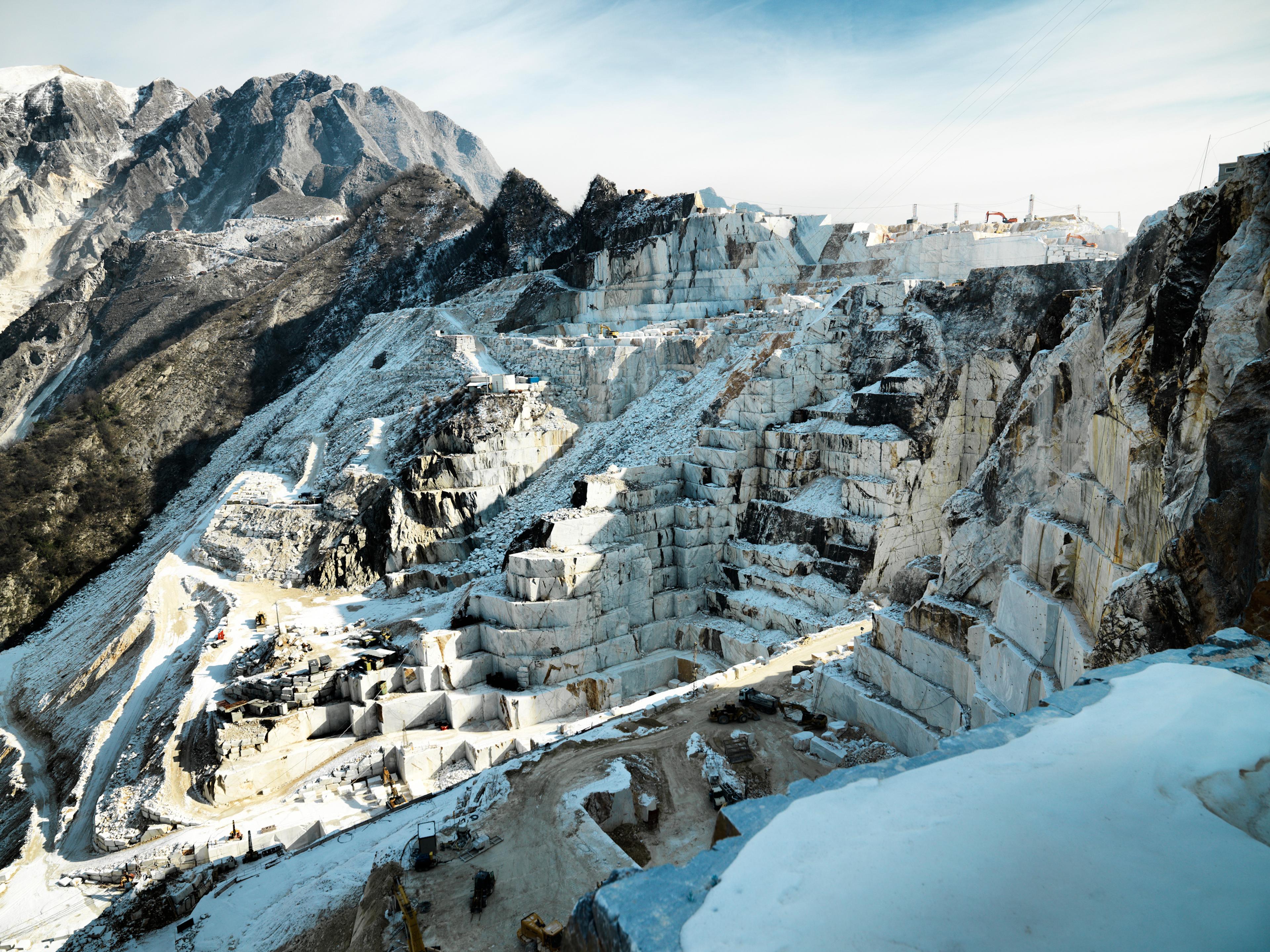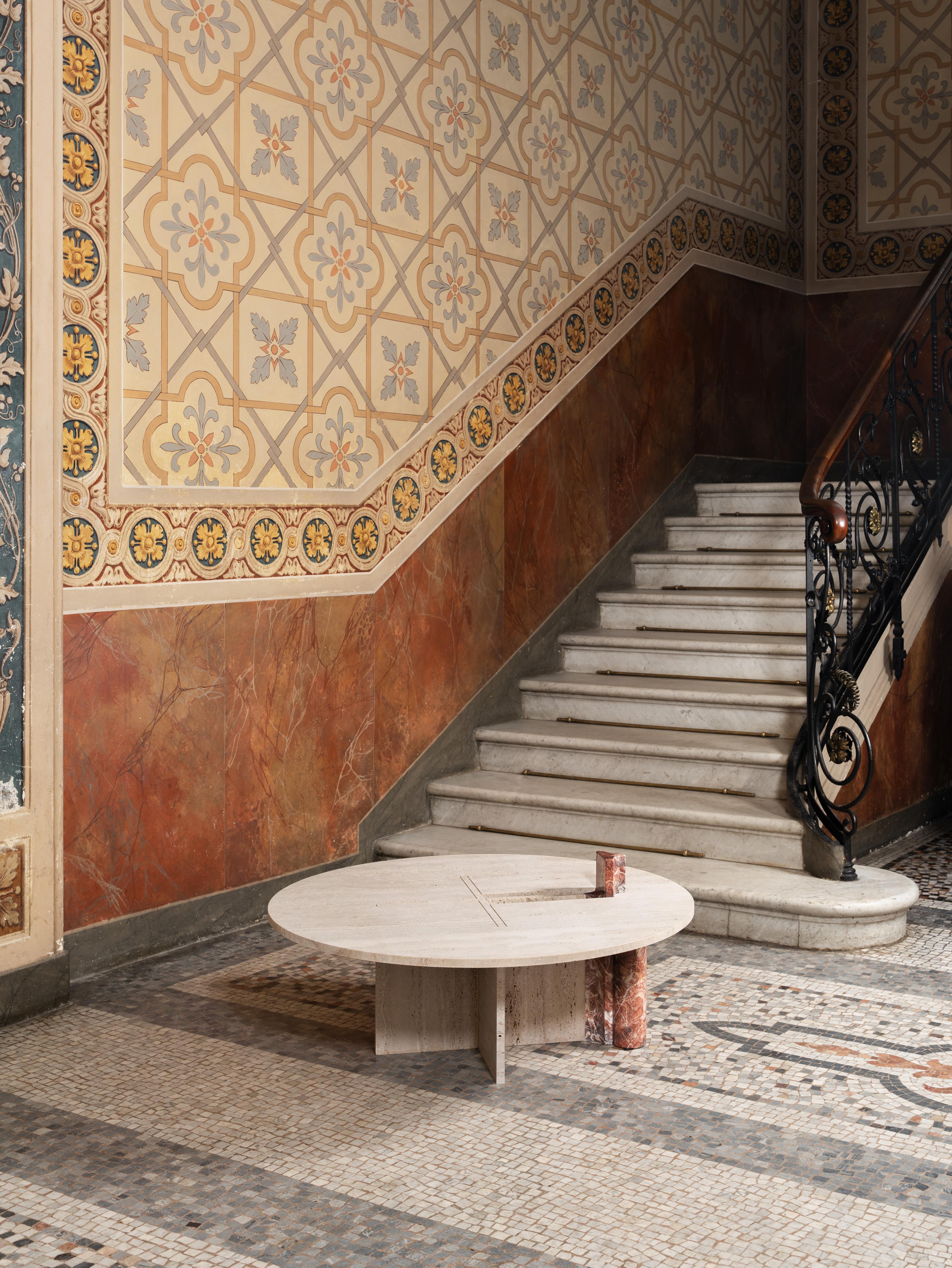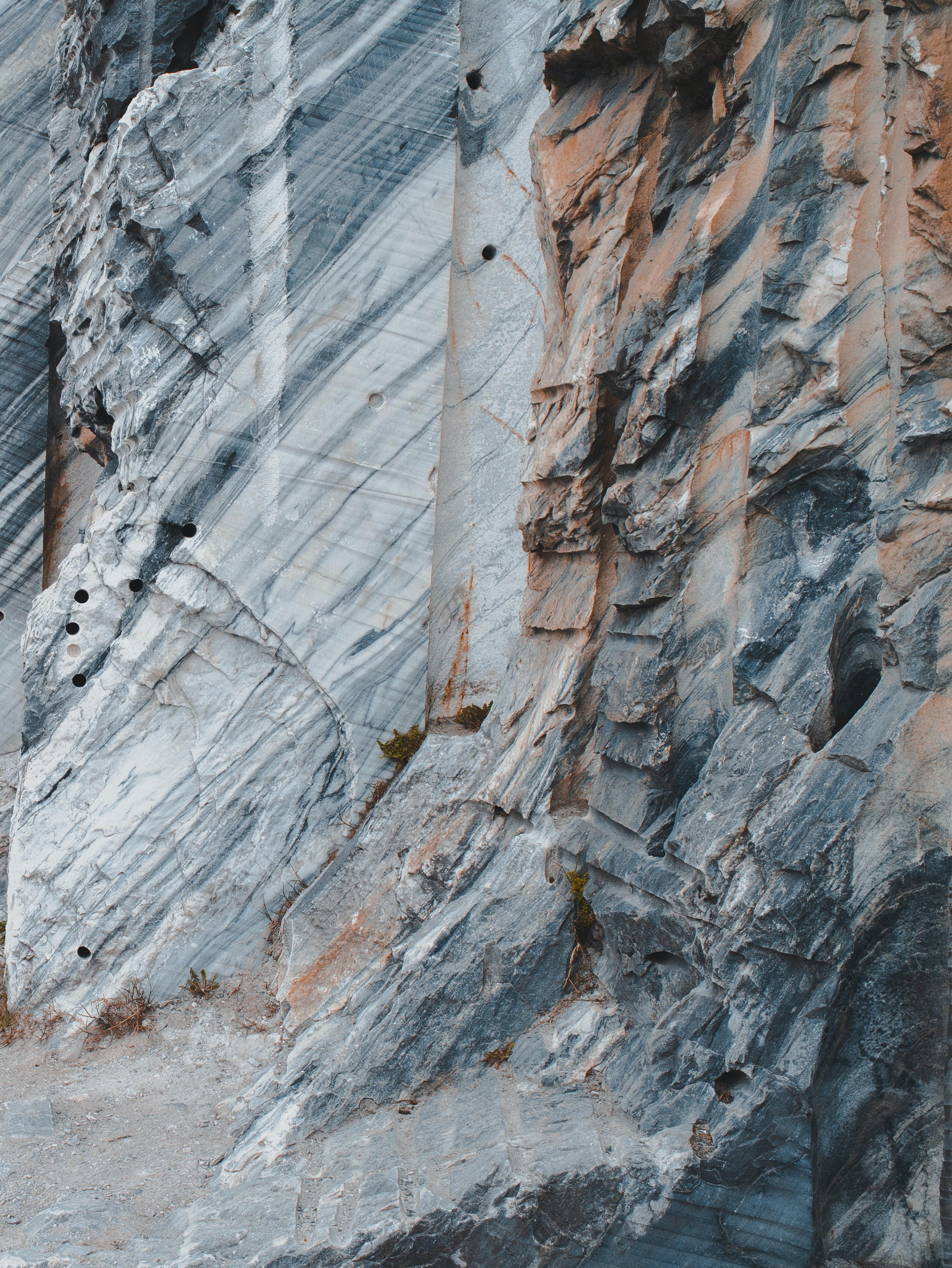
Jarrón Lollo de Cristina Celestino
4270 EUR
Envío en 5-6 semanas
El contenido de esta página ha sido traducido automáticamente. Visitar el sitio en ingles

Pocos materiales transmiten una elegancia atemporal como el mármol. Con su suave luminosidad, sus inconfundibles vetas y su agradable tacto, el mármol ha sido apreciado desde la antigüedad, no sólo por su belleza, sino por las extraordinarias historias que cuenta cada placa. Sus superficies blancas calcáreas y sus vetas minerales son a la vez refinadas y orgánicas, y ofrecen un equilibrio duradero entre naturaleza y diseño.
Formado en las profundidades de la Tierra mediante calor y presión, el mármol es una roca metamórfica cuya suave composición lo hace ideal para tallar y moldear. Con la luz adecuada, su superficie puede parecer translúcida y brillar desde el interior como una escultura que cobra vida. Cada pieza de mármol es realmente única: el color, el tono y el veteado vienen determinados por la composición mineral natural, lo que le confiere la sensación de una huella dactilar: singular e irrepetible.


En Italia, el mármol es más que un material: forma parte de un legado cultural. Desde el Imperio Romano hasta el apogeo del Renacimiento, el mármol ha desempeñado un papel fundamental en la arquitectura, el arte y el diseño. Los artesanos italianos son famosos por su dominio de esta noble piedra, que combina técnicas tradicionales de talla con formas contemporáneas para crear piezas escultóricas y funcionales.
La geografía del país, rica en mármol, ha forjado su excelencia artesanal. En Toscana se encuentra el famoso mármol de Carrara, apreciado por su luminosa blancura y su delicado veteado gris: el material elegido por Miguel Ángel para sus esculturas más emblemáticas. El mármol Candoglia de Lombardía, con sus suaves tonos rosas y grises, se utilizó en la construcción del majestuoso Duomo di Milano. En Sicilia, una profunda tradición pétrea incluye desde la calidez beige del Perlato di Sicilia hasta el dramatismo oscuro y texturado de la piedra de lava del Etna, utilizada durante siglos en la arquitectura barroca.
Hoy en día, el mármol italiano sigue inspirando. Ya sea en forma de muebles, iluminación, piezas de mesa o decoración refinada, aporta una sensación de historia, permanencia y arte a los interiores contemporáneos.

4270 EUR
Envío en 5-6 semanas

17.500 EUR
Envío en 6-7 semanas

860 EUR
Envío en 3-4 semanas

590 EUR
Envío en 4-5 semanas

21.960 EUR
Envío en 3-4 semanas

970 EUR
Envío en 5-6 semanas

18.950 EUR
Envío en 2-3 semanas

19.520 EUR
Envío en 7-8 semanas

445 EUR
Envío en 5-6 semanas